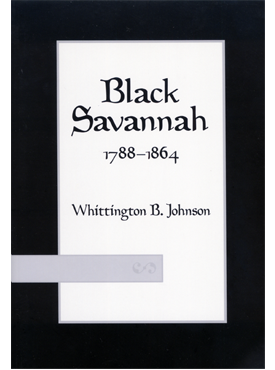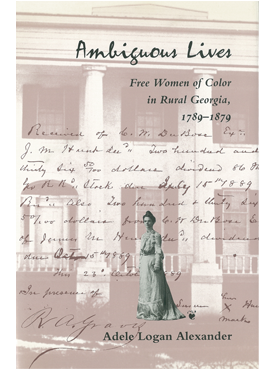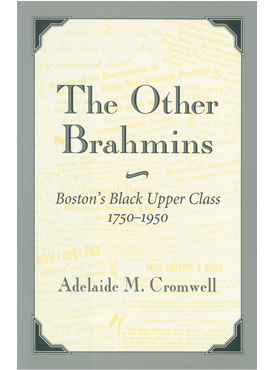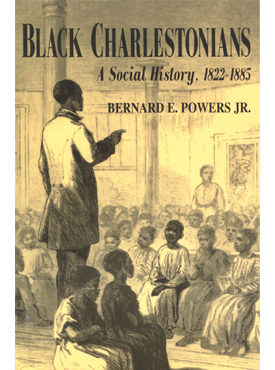Fourth in the University of Arkansas Press series in Black Community Studies, this examination of the black community of Savannah, Georgia, during the antebellum and the Civil War periods is a groundbreaker. It begins in 1788 with the founding of Savannah’s first black public institution, an independent church, and closes in 1864 with Gen. William Tecumseh Sherman’s capture of Savannah and the subsequent end to slavery.
Using a wide range of primary sources, including the little-used Southern Claims Case Files, and a vast number of secondary sources, Whittington Johnson gracefully elucidates the most important features of slave and free African-American life in this period. Johnson maintains that, unlike Charleston and New Orleans, Savannah had a comparatively small population of free blacks, containing only a slim majority of mulattoes and few large property owners, a demographic that greatly affected the contours of the black class structure. Among the most interesting groups that created Savannah’s community were “nominal slaves,” slaves in name only, who lived apart from their masters, seeking and finding their own employment.
Black Savannah focuses upon efforts of African Americans, free and slave, who worked together to establish and maintain a variety of religious, social, and cultural institutions; to carve out niches in the larger economy; and to form cohesive families. The result was an autonomous black community in a key city of the Old South.




